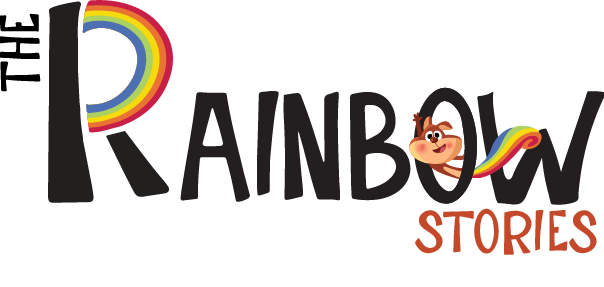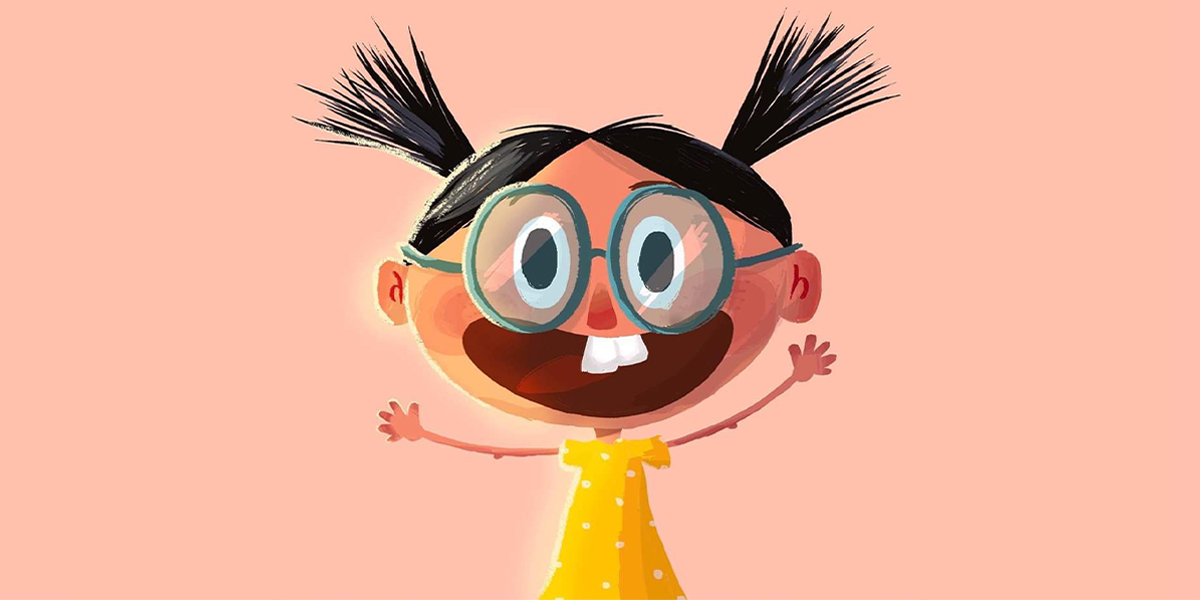Creating a self-published picture book depends greatly on strong illustration techniques. This article shares essential tips for self-publishing illustrators, beginner-friendly advice, and key design strategies to help produce engaging, professional children’s books.
13 Essential Children’s Book Illustration Tips
Effective children’s book illustration tips begin with storytelling through art and visual flow in illustrated books. Planning the narrative pacing and composition early helps ensure the story connects with young readers.
1. Start with Storyboarding
Use thumbnail storyboards to plan the pacing and visual transitions of your book. Alternating full-page spreads with spot illustrations enhances visual flow and strengthens storytelling through art.
2. Know Your Audience
Tailor your artwork to the target age group: toddlers respond best to clear shapes and bold colors, while older children can appreciate subtle textures and finer details. Matching the illustration style to the reader’s level is a key design tip for children’s book illustrators.
3. Build Consistent Character Design
Create character sheets showing multiple angles and expressions to maintain consistency throughout the story. This helps ensure visual continuity and supports cohesive storytelling through art.
Need drawings for your storybook? The Rainbow Stories creates charming kids’ book illustrations.
4. Use Color and Typography Effectively
Choose a limited color palette to create visual unity, and add complementary accents for contrast. Ensure the text placement enhances the artwork without overcrowding it an essential tip in children’s book illustration.
5. Balance Art and Text
Leave ample whitespace around text to enhance readability and support emotional pacing. Avoid overcrowding pages—effective storytelling through art needs breathing room between words and images.
6. Refine Your Visual Flow
Use composition to guide the reader’s eye—through character placement, diagonal movement, and color contrast. A strong visual flow keeps young readers engaged and eager to turn the page.
7. Pick the Right Medium
For beginner illustrators, exploring different illustration styles—such as watercolor, digital art, or collage—can be valuable. Experiment until you find the medium that best supports your story’s vision.
8. Design Tips for Self-Publishing
Self-published authors must manage file specs. Export at 300 DPI, embed fonts, and add bleed margins. These illustration tips for self-publishing help avoid poor print quality or layout errors.
9. Plan for Format and Layout
Determine your page count and spread format early. Standard picture books are often 32 pages. Use that to calculate your storybook composition and event pacing.
10. Feedback Loop
Share drafts with peers, teachers, or parents to test audience reactions. This is core advice in children’s book illustration tips young readers reveal confusion or delight, helping you refine pacing and visuals.
11. Track Progress with a Schedule
Create an illustration timeline with clear milestones for thumbnails, color work, and final art. This aligns with top tips for beginner illustrators—helping prevent burnout and ensuring consistent progress.
12. Prepare Files for Print
Provide CMYK PDFs with embedded images, the correct DPI (usually 300), and proper print bleeds. These essential design tips for children’s book illustrators ensure smooth, professional results with print-on-demand or offset printing.
13. Self‑Publish Smartly
After finalizing artwork, choose a platform like Amazon KDP or Ingram Spark. Format cover and spine correctly, calculate ISBN, and keep consistent typography and layout throughout—essential illustration tips for self-publishing.
Tips for Beginner Illustrators
- Practice storytelling through art: hone pacing and mood via sketches.
- Observe master illustrators: study styles (e.g., Quentin Blake’s fluid lines or Eric Carle’s collage) for visual techniques and inspiration.
- Network digitally: share work on Reddit, Instagram, or parent/teacher forums for critique—a strategy many illustrators use effectively.
Conclusion:
By applying these children’s book illustration tips, you ensure that both your visuals and story shine. From storyboarding and character sheets to file prep and self-publishing workflows, every step reinforces your book’s impact and durability.
Whether you’re just starting out or refining your craft, strategic focus on design tips for kids’ book illustrators, storytelling through art, and visual flow in illustrated books positions your work for success in the competitive world of picture books.







